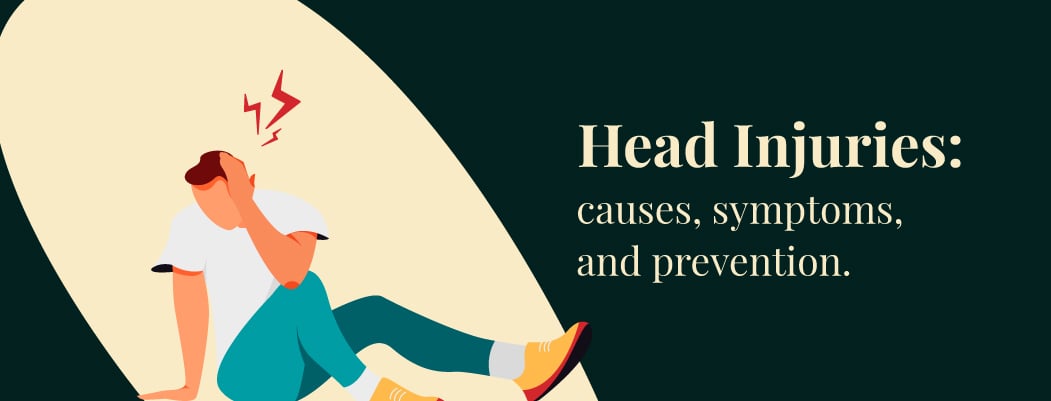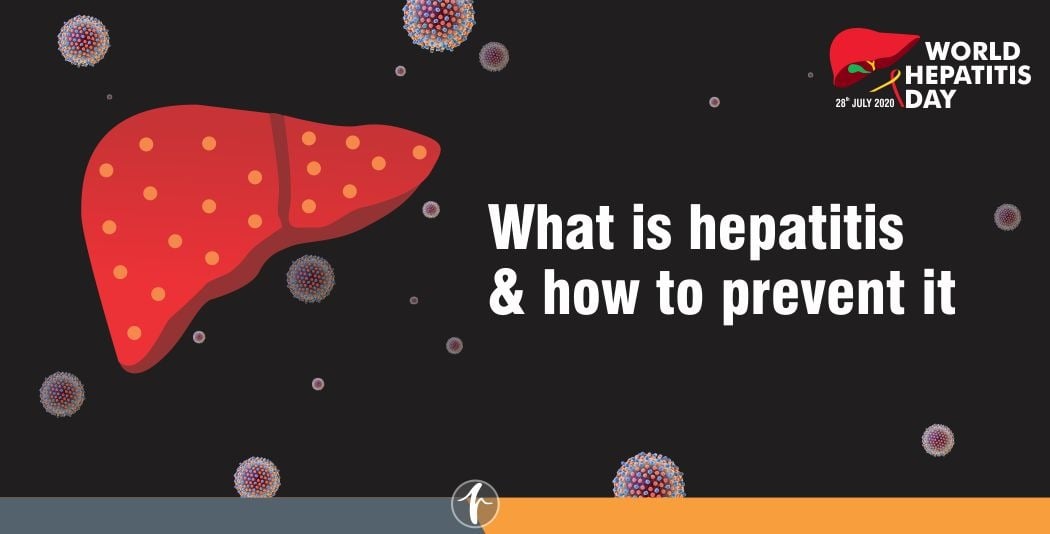What is a Head Injury? Symptoms, Causes, Treatment & Prevention
April 16, 2025

Head injuries are a common occurrence, and they can range from minor to severe. A head injury occurs when there is trauma or damage to the skull or brain. It’s important to recognise the symptoms of a head injury and seek medical attention promptly to prevent further complications. In this article, we will discuss what a head injury is, the symptoms, causes, risk factors, types, diagnosis, treatment, prevention, when to see a doctor, and who to consult.
What is a Head Injury?
A head injury occurs when there is trauma or damage to the skull, scalp, or brain. Head injuries can range from minor, such as a bump or a bruise, to severe, such as a traumatic brain injury (TBI). A TBI can lead to permanent brain damage or even death. Head injuries can happen from a variety of causes, such as falls, sports injuries, car accidents, or physical violence.
Symptoms
Symptoms of a head injury can vary depending on the severity and location of the injury. Some common symptoms include:
- Headache
- Dizziness or loss of balance
- Nausea or vomiting
- Confusion or disorientation
- Blurred vision or ringing in the ears
- Memory loss or difficulty concentrating
- Seizures
- Loss of consciousness
Causes
Head injuries can happen from a variety of causes, including:
- Falls: Falling is the most common cause of head injuries, especially in young children and older adults.
- Sports injuries: Contact sports like football, hockey, and soccer can increase the risk of head injuries.
- Car accidents: Car accidents are a common cause of head injuries, especially if the person is not wearing a seatbelt.
- Physical violence: Physical assault, domestic violence, and child abuse can lead to head injuries.
- Explosive blasts: Military personnel and civilians in war zones may suffer head injuries from explosive blasts.
Risk Factors
Certain factors can increase the risk of head injuries, including:
- Age: Young children and older adults are more prone to head injuries.
- Gender: Men are more likely to sustain head injuries than women.
- Occupation: People who work in high-risk jobs like construction or the military have an increased risk of head injuries.
- Sports participation: Contact sports increase the risk of head injuries.
- Alcohol or drug use: Substance abuse increases the risk of accidents that can lead to head injuries.
Types
- Concussion: A concussion is a type of mild traumatic brain injury (TBI) that occurs when the brain is jolted or shaken within the skull. Concussions are often caused by blows to the head or sudden jerking movements of the head and neck. Symptoms of a concussion can include headache, dizziness, confusion, memory loss, and sensitivity to light and noise.
- Contusion: A contusion is a type of brain injury that occurs when the brain is bruised due to a direct blow to the head. Contusions can cause bleeding and swelling in the brain, leading to symptoms such as headache, dizziness, nausea, and loss of consciousness.
- Skull fracture: A skull fracture occurs when one or more of the bones in the skull are broken or cracked. Skull fractures can range in severity from mild to severe, and can cause symptoms such as headache, bleeding from the nose or ears, and swelling or tenderness at the site of the injury.
- Hematoma: A hematoma is a type of head injury that occurs when blood accumulates in the brain or the tissues surrounding the brain. Hematomas can be caused by a blow to the head or by a blood clotting disorder. Symptoms of a hematoma can include headache, nausea, confusion, and loss of consciousness.
- Diffuse Axonal Injury: Diffuse axonal injury (DAI) is a type of brain injury that occurs when the brain is rapidly twisted or shaken within the skull. This type of injury can cause extensive damage to the brain’s nerve fibres, leading to symptoms such as coma, paralysis, and cognitive impairment.
- Intracranial Hemorrhage: Intracranial haemorrhage is a type of head injury that occurs when blood vessels within the brain rupture, causing bleeding into the brain tissue. This can be caused by trauma, an aneurysm, or other medical conditions. Symptoms of intracranial haemorrhage can include headache, confusion, and loss of consciousness.
It’s important to note that some head injuries can involve a combination of these types, and the severity of a head injury can vary widely based on the specific circumstances of the injury. It’s always best to seek medical attention if you suspect a head injury to ensure proper diagnosis and treatment.
Diagnosis
If you suspect a head injury, it’s important to seek medical attention right away. A doctor will perform a physical exam and may order imaging tests such as a CT scan or MRI to determine the severity and location of the injury.
Treatment
Treatment for a head injury will depend on the severity and location of the injury. In mild cases, rest and pain medication may be enough to manage symptoms. In more severe cases, surgery may be necessary to relieve pressure on the brain.
Prevention
While it’s not always possible to prevent head injuries, there are steps you can take to reduce your risk, including:
- Wear a helmet: Wear a helmet while participating in sports or riding a bike or a motorcycle.
- Buckle up: Always wear your seatbelt when driving or riding in a car.
- Childproof your home: Childproof your home to prevent falls and other accidents that can lead to head injuries.
- Use caution with alcohol or drugs: Avoid using drugs or alcohol before participating in activities that increase the risk of head injuries.
- Practice safe driving: Follow traffic laws and avoid distracted driving to reduce the risk of car accidents.
When to See a Doctor
If you suspect a head injury, seek medical attention right away. Even if the injury seems mild, it’s important to get it checked out to prevent further complications. You should see a doctor or go to the emergency room immediately. Depending on the severity and location of the injury, you may also need to see a neurologist or other specialist for further treatment.
In conclusion, head injuries can range from mild to severe and can happen from a variety of causes. It’s important to recognise the symptoms of a head injury and seek medical attention promptly to prevent further complications. Taking steps to prevent head injuries can also reduce your risk. If you suspect a head injury, see a doctor or go to the emergency room right away.
Frequently Asked Questions
1. What causes sudden death after a head injury?
Sudden death after a head injury can result from increased intracranial pressure, brain bleeding (hematomas), swelling (edema), or damage to vital brain areas like the brainstem. Other contributing factors include lack of oxygen, infections, seizures, and second impact syndrome. Prompt medical attention is critical for survival.







